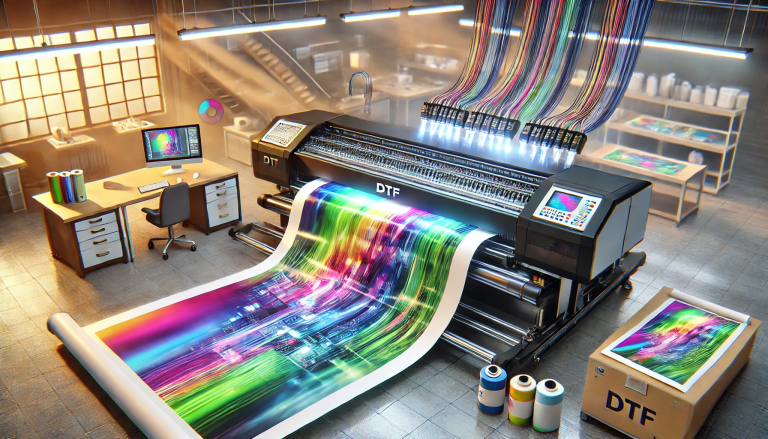“UV DTF Transfer Film Stickers: An In-Depth Look into a Revolutionary Printing Technology” -MAXDTF- Custom DTF Transfer sheet Supplier, DTF transfer paper Manufacturer, Made in China
Introduction
Printing technology has evolved considerably over the years, continually revolutionizing the methods used for fabric and item decoration. Recently, UV DTF (Direct-to-Film) Transfer Film Stickers have emerged as a game-changer in the printing industry. This new advancement allows vibrant, full-color images to be transferred onto a variety of materials with precision, providing exceptional print quality. This article delves into the mechanics of UV DTF Transfer Film Stickers, their production process, inherent benefits, and potential future implications.
Part 1: Understanding UV DTF Transfer Film Stickers
UV DTF Transfer Film Stickers make use of an advanced printing technology that utilizes UV (ultraviolet) curing of specially formulated inks, printed directly onto a transfer film. Unlike conventional DTF printing which uses heat to cure the inks, this process utilizes UV light, which cures the ink almost instantaneously and is more eco-friendly.
This UV-cured ink is then covered with adhesive powder and heated to activate the adhesive. The final product is a sticker-like transfer that can be applied to various surfaces, including plastics, glass, metal, and more. This technology opens the door to countless applications beyond fabric printing, from branding and packaging to personal customization and product labeling.
Part 2: The Production Process of UV DTF Transfer Film Stickers
The production process of UV DTF Transfer Film Stickers can be categorized into several steps:
- Design Preparation: The process begins with creating or selecting a design. This design is then refined using graphic design software, such as Adobe Photoshop or Illustrator, to tailor it for the UV DTF printing process.
- Printing: The refined design is printed onto a transfer film using a specialized UV DTF printer. This printer dispenses tiny droplets of UV-reactive ink onto the film, resulting in a high-resolution image.
- UV Curing: Once the design is printed, it’s exposed to UV light. This light instantly cures the ink, creating a durable, vibrant image on the film.
- Application of Adhesive Powder: An adhesive powder is then applied to the printed film. The powder adheres only to the cured ink areas, creating a base for the design to stick to the chosen material in the final step.
- Heat Activation: The film is passed through a heat tunnel or oven. The heat activates the adhesive powder, preparing the sticker for transfer.
- Transfer: The final step involves placing the prepared film onto the chosen material and applying pressure. The adhesive bonds the UV-cured ink to the material, resulting in a vibrant, durable, and high-quality print.
Part 3: Advantages of UV DTF Transfer Film Stickers
UV DTF Transfer Film Stickers offer several significant advantages:
- Versatility: These stickers can be applied to a wide range of materials, including glass, metal, plastic, and more, thus offering a wider range of applications.
- Durability: The UV curing process creates a print that is resistant to weather, water, and UV degradation, making these stickers suitable for both indoor and outdoor use.
- Eco-Friendliness: As the UV curing process doesn’t produce heat or volatile organic compounds (VOCs), UV DTF stickers are a more environmentally-friendly option.
- High-Quality Prints: UV DTF printers can produce highly detailed, full-color images with excellent resolution and color vibrancy.



